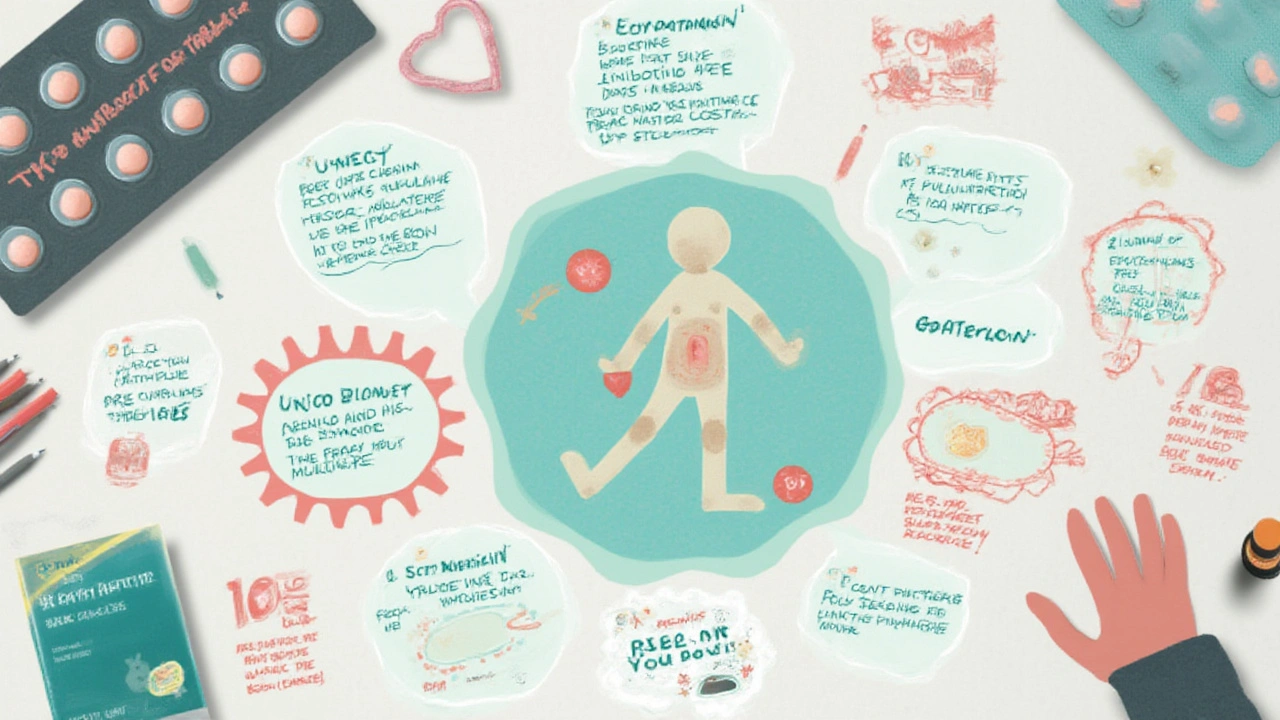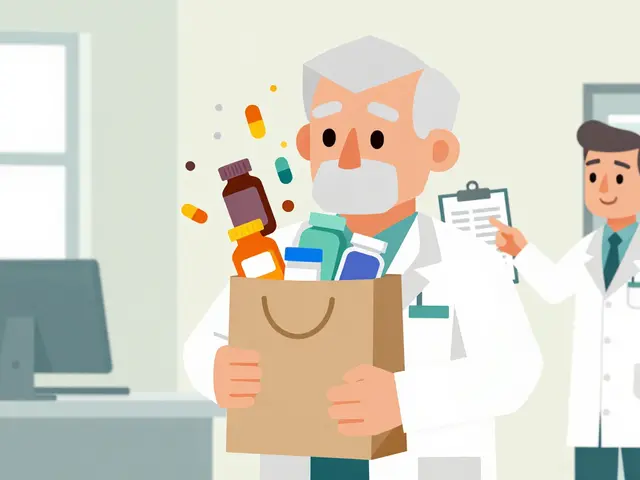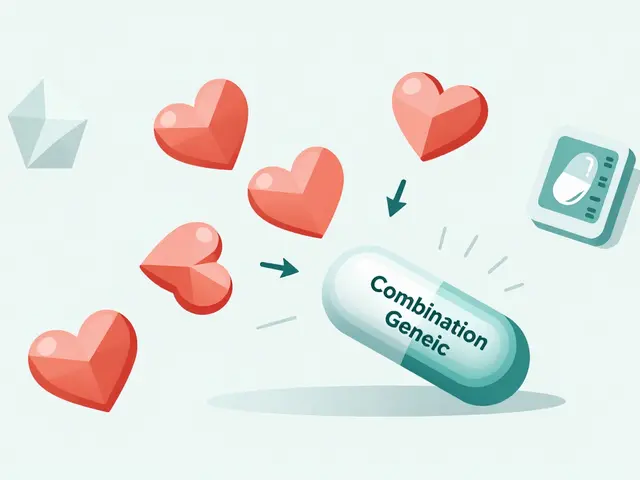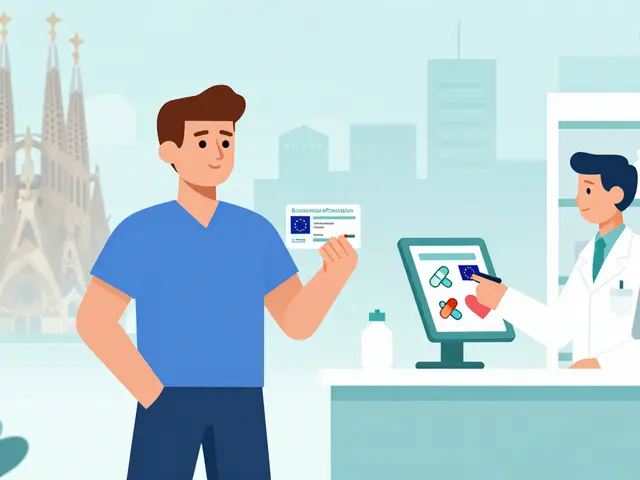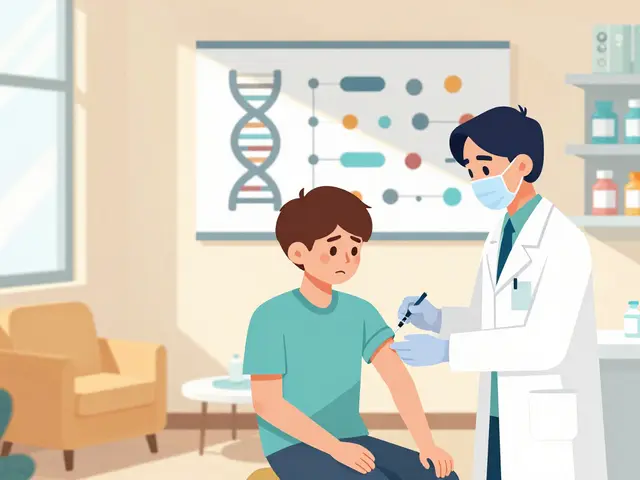Ilosone side effects: what to expect and practical steps
Taking Ilosone (erythromycin) can help clear infections fast, but like any antibiotic it can cause side effects. Most people have mild problems that pass in a few days. Still, some effects need attention. Below I’ll break down the common ones, the serious warnings, and exactly what you should do if something feels wrong.
Common side effects
The usual Ilosone side effects are stomach-related. You may get nausea, vomiting, stomach pain, or diarrhea. These often start soon after the first dose and improve as your body adjusts. If stomach upset is bad, try taking Ilosone with a small meal or a snack—this can reduce nausea without affecting the drug’s action.
Another frequent reaction is mild skin rash or itching. If it’s just a few itchy spots, watch it for a day. But if the rash spreads quickly, forms blisters, or you get a fever with it, stop the drug and contact your doctor.
Some people notice changes in taste or temporary hearing issues at high doses. If you feel dizzy or notice ringing in your ears, mention it to your prescriber. Dose changes or switching antibiotics may be needed.
Serious risks and what to watch for
Serious Ilosone side effects are rare but important. A small number of people can develop liver problems. Watch for yellowing of the skin or eyes, dark urine, pale stools, severe fatigue, or belly pain—these are warning signs and need urgent medical review.
Ilosone can also affect the heart rhythm in some people, causing a condition called QT prolongation. Symptoms include fast or irregular heartbeat, fainting, or sudden dizziness. This risk rises if you take other medicines that affect the heart rhythm, or if you have low potassium or magnesium. Tell your doctor about all medicines and supplements you take.
Antibiotics can trigger severe diarrhea from C. difficile. If you have persistent watery or bloody diarrhea, fever, or belly cramps after starting Ilosone, stop the drug and call your healthcare provider right away.
Allergic reactions are uncommon but can be life-threatening. Seek emergency care if you get swelling of the face, lips, tongue, throat, or have trouble breathing.
Drug interactions matter. Erythromycin can raise levels of some statins, blood thinners like warfarin, and certain antiarrhythmics and antidepressants. That raises the chance of side effects. Always tell your prescriber about other drugs, herbal products, and supplements.
Finish the prescribed course unless instructed otherwise. Stopping early can lead to treatment failure or resistance. If side effects are severe or persistent, don’t tough it out—call your doctor. They can advise dose changes, a switch to a different antibiotic, or monitoring tests like liver blood work or an ECG if needed.
Bottom line: most Ilosone side effects are mild and manageable. Know the red flags—jaundice, severe diarrhea, irregular heartbeat, severe rash, or breathing trouble—and get help quickly if they appear. Keeping a short list of your current meds and symptoms makes it easier to get the right care fast.
Get the real story on Ilosone (erythromycin): what it is, how it works, side effects, when to use it, and what to watch for. Everything you need to know, explained simply.
Continue reading...

